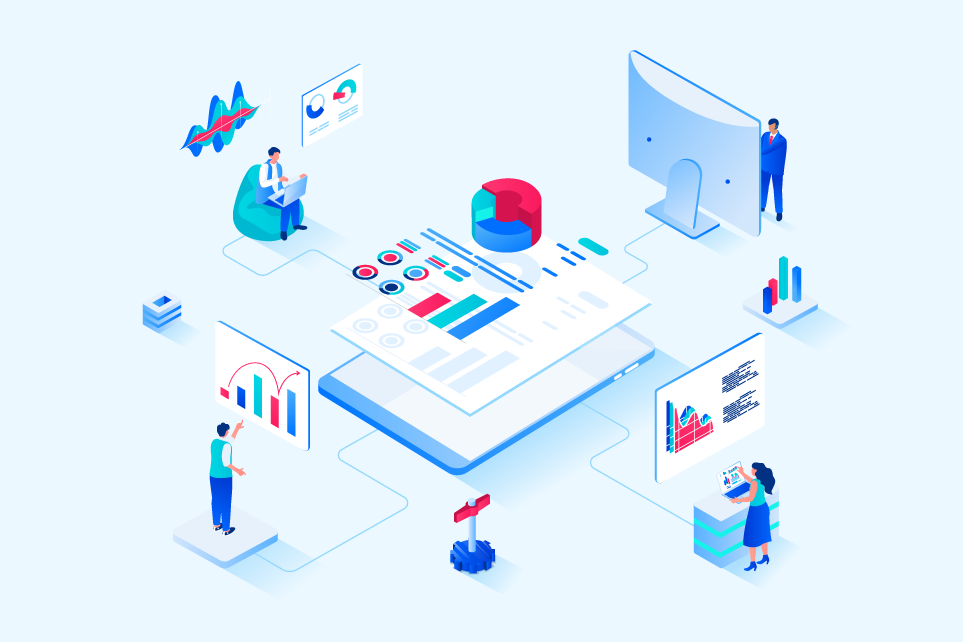Switching to new accounting software can be a daunting task for any business, regardless of size. The right software can enhance efficiency, accuracy, and provide valuable insights into your financial health. However, the transition process needs careful planning to avoid disruptions. Here are some crucial factors to consider when making the switch:
1. Assess Your Current Needs and Future Goals
Before selecting new accounting software, it’s essential to thoroughly assess your current needs and future goals. Ask yourself questions like:
- What specific accounting functions do you require?
- Are there any pain points with your current system?
- How scalable does the software need to be to accommodate future growth?
- What is your budget for new accounting software?
Understanding these aspects will help you choose software that not only meets your immediate needs but also supports your long-term objectives.
2. Research and Compare Options
The market offers a plethora of accounting software, each with its own strengths and weaknesses. Conduct thorough research to identify options that align with your requirements. Some popular choices include QuickBooks, Xero, FreshBooks, and Sage.
When comparing options, consider:
- Features: Ensure the software provides essential features like invoicing, payroll, tax preparation, and financial reporting.
- User-Friendliness: The software should be intuitive and easy to use, minimizing the learning curve for your team.
- Integrations: Check if the software integrates seamlessly with other tools you use, such as CRM systems, payment gateways, and e-commerce platforms.
- Customer Support: Reliable customer support is crucial for resolving any issues quickly. Look for software providers with strong support services.
3. Data Migration Plan
Data migration is one of the most critical aspects of transitioning to new accounting software. A poorly executed data migration can lead to data loss or corruption, disrupting your business operations. Here’s how to approach it:
- Backup Data: Before starting the migration, ensure you have a complete backup of your current data.
- Clean Data: Remove any duplicate or obsolete data to streamline the migration process.
- Test Migration: Conduct a test migration to identify potential issues and ensure all data is transferred accurately.
- Professional Assistance: If needed, seek professional help from the software provider or an expert like AppleTech Consultants to assist with the Accounting migration process.
4. Training and Support
Transitioning to new software often requires your team to adapt to new processes and workflows. Providing adequate training and support is essential to ensure a smooth transition.
- Training Programs: Arrange training sessions for your staff to familiarize them with the new software. Many software providers offer training resources, including tutorials, webinars, and user manuals.
- Ongoing Support: Make sure there’s a support system in place for addressing any questions or issues that arise during and after the transition. This could include access to a dedicated support team, online help centers, and user communities.
5. Security and Compliance
Security and compliance are paramount when dealing with financial data. Ensure the new accounting software adheres to the highest security standards and complies with relevant regulations.
- Data Security: Verify that the software uses robust encryption methods to protect your data. Look for features like two-factor authentication and regular security updates.
- Compliance: Ensure the software complies with relevant financial regulations, such as GAAP, IFRS, and local tax laws. This is particularly important if you operate in multiple jurisdictions.
6. Cost Analysis
While transitioning to new accounting software involves costs, it’s crucial to analyze the overall value it brings to your business. Consider both the short-term and long-term costs, including:
- Subscription Fees: Compare the subscription plans and choose one that offers the best value for your needs.
- Implementation Costs: Factor in the costs associated with data migration, training, and any required hardware or software upgrades.
- Return on Investment (ROI): Evaluate how the new software will improve efficiency, reduce errors, and provide actionable insights that can drive business growth.

